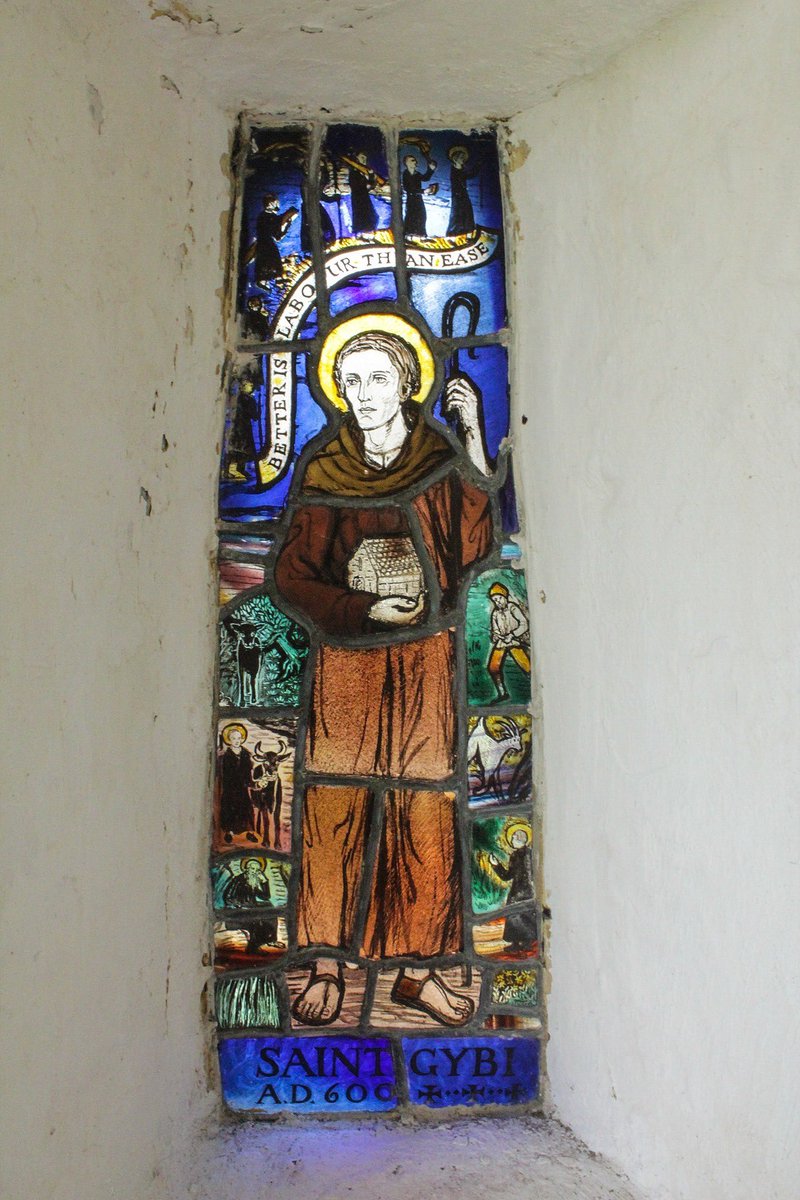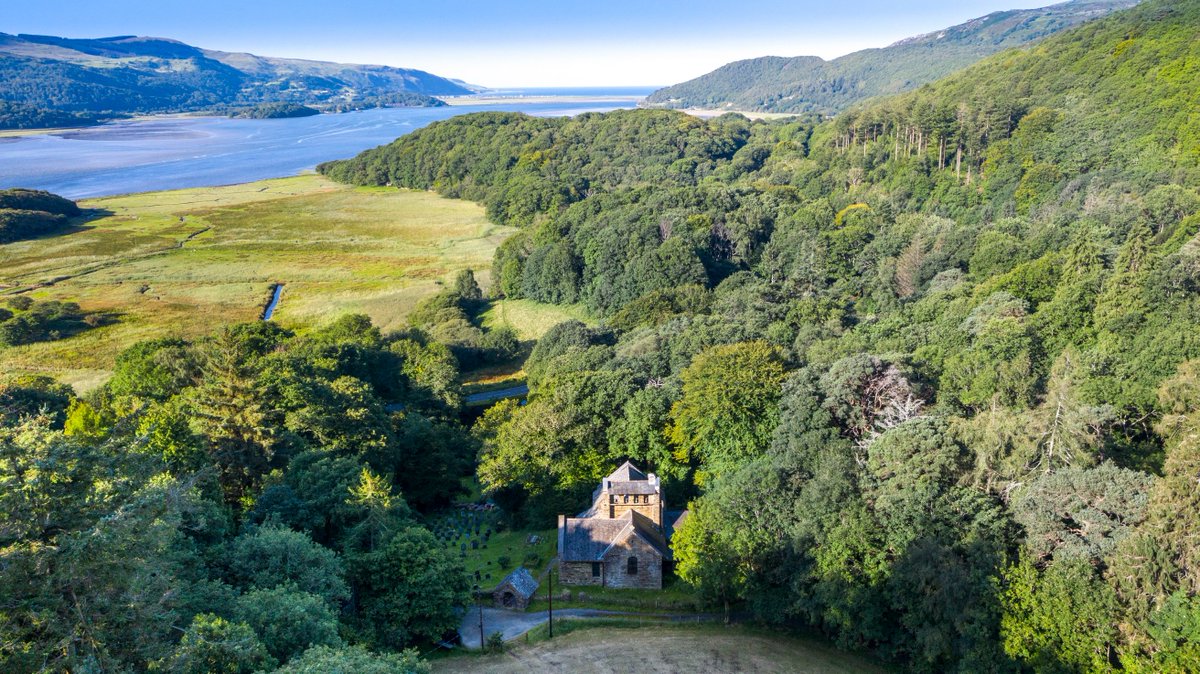
St Beuno's at Penmorfa, Gwynedd showcases the talents of two great craftswomen: windows by the renowned stained glass artist Joan Howson, and a wealth of wood carving by the mysterious Constance Greaves.
#thread

#thread


Joan Howson trained at the Liverpool School of Art before being apprenticed to Caroline Townshend. Together, Townshend and Howson opened a studio in Putney in 1920. As well as their shared skills and business they both supported suffragette and socialist causes.
Howson was also an expert conservator of medieval glass; Westminster Abbey entrusted her with the restoration of bomb-damaged windows after WW2.
Two of her windows were installed in St Beuno’s porch between the wars.
Two of her windows were installed in St Beuno’s porch between the wars.

In 1899, after a major restoration of St Beuno’s, local papers lauded the ‘skillfully carved’ woodwork by Miss Constance Greaves. But who was she? And did she also carve the oak lectern with its almost life-sized angel? We set out to find out as much about her as we could ... 

At St Mary’s, Caldecote, Herts we have another mystery: a plaque on the roof records the name KATHERINE MORRIS, 1736. Did Katherine install the lead tiles that once covered the roof? 

Find out more about Joan Howson, Constance Greaves and Katherine Morris in our second blog celebrating women in our history.
#InternationalWomensDay #WomensHistoryMonth
friendsoffriendlesschurches.org.uk/womens-history…
#InternationalWomensDay #WomensHistoryMonth
friendsoffriendlesschurches.org.uk/womens-history…
• • •
Missing some Tweet in this thread? You can try to
force a refresh
























